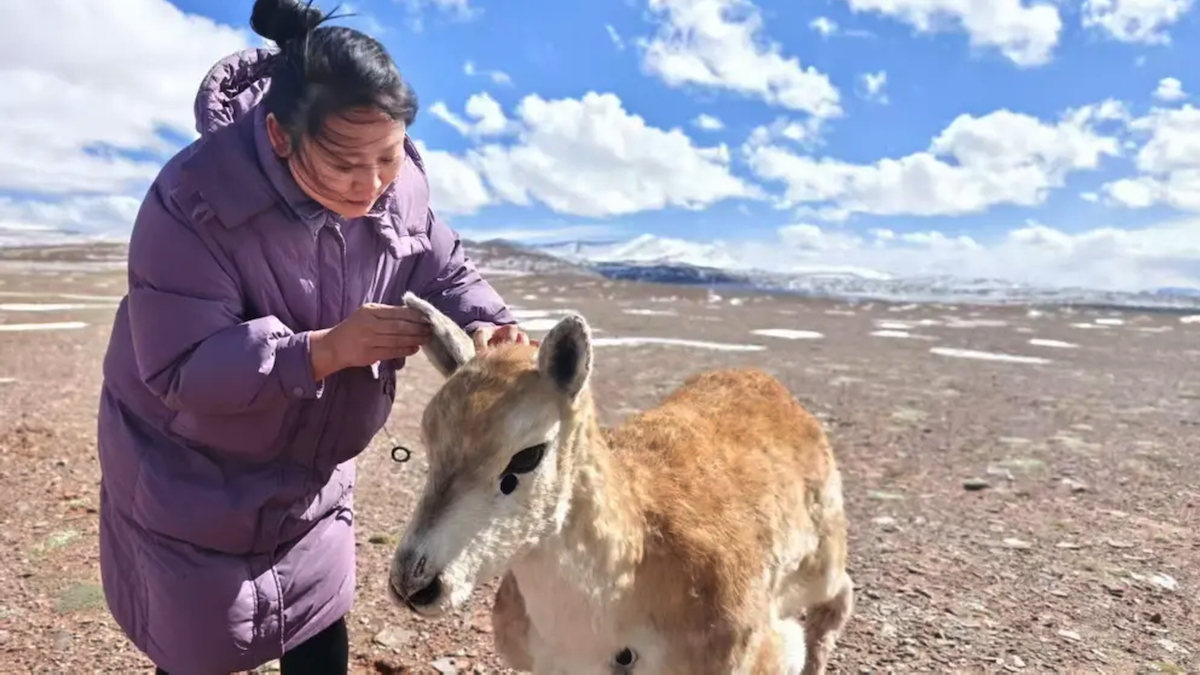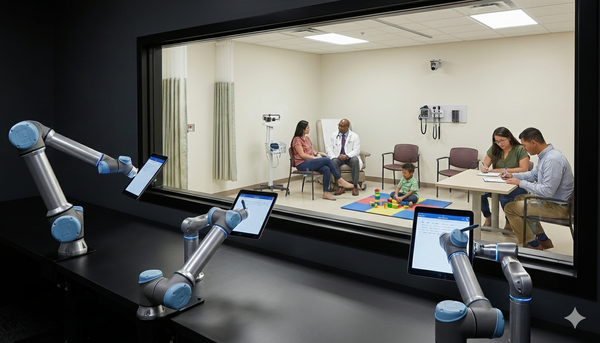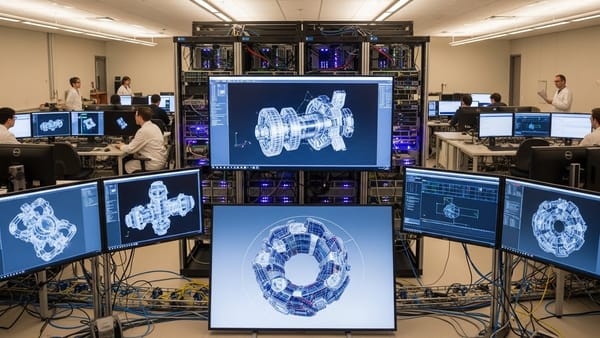Robot Antelope Joins Herd: Chinese scientists disguise modified robot dog as antelope to study herd behavior
Researchers in China disguised a quadruped robot as a Tibetan antelope to help study the animals close-up.

Researchers in China disguised a quadruped robot as a Tibetan antelope to help study the animals close-up.
What’s new: The Chinese Academy of Sciences teamed with Hangzhou-based Deep Robotics and the state news service Xinhua to introduce a robot into a herd that lives in the Hoh Xil National Nature Reserve, a mountainous area where the elevation is above 14,000 feet. The robot enables scientists to observe the shy antelopes without disturbing them.
How it works: The mechanical beast is a Deep Robotics X30 covered with an antelope’s hide. The X30, which is designed for industrial inspections and search-and-rescue tasks, is well suited to the region’s rugged terrain and conditions. It can climb open-riser staircases, function at temperatures between -20° and 55° Celsius, and resist dust and water according to ratings established by the International Electrotechnical Commission. Its vision system is designed to operate in dim or very bright light.
- Deep Robotics has published little information about the X30’s training, though it has said the robot learned to navigate rough terrain via the reinforcement learning algorithm proximal policy optimization (PPO). However, its GitHub repository reveals details about its robot for the consumer market, Lite3. (The two are similar, but their training may not be.) Lite3 used multiple vanilla neural networks; first to embed current and previous joint positions and velocities and then to calculate joint motions. Lite3 learned via PPO to move a simulated robot across various terrains (flat, sloped, staircased, random, and so on) in the Isaac Gym simulator. It received rewards when the simulated robot moved forward or took larger steps, and it received punishment when the robot moved too fast, failed to move, fell over, collided with objects, and so on.
- The X30 is equipped with cameras (two hidden beneath its fake eyes plus a wide-angle camera), LiDAR, ultrasonic sensors, and a GPS system with a real-time kinematics module for more precise location tracking. Its computer-vision software automatically tracks the herd’s movement, feeding, and reproduction and transmits data via 5G radio. If it detects the herd nearing a road, it sends an alert so its operators can direct automobile traffic, allowing the animals to cross safely.
- It can be controlled remotely up to 1.2 miles away. Its top speed is 8 miles per hour, while Tibetan antelopes can move as fast as 50 miles per hour. Its battery lasts up to 4 hours and features a quick-release mechanism for streamlined swapping.
Behind the news: Human observation can disrupt animal behavior, so the study of animals in their natural habitat relies mostly on camera traps and drones. Increasingly, biologists are experimenting with robots mocked up to look like animals.
- In Florida, robot bunnies automatically lure invasive Burmese pythons and alert researchers when their sensors detect the reptiles.
- Robot falcons that fly thanks to wing-mounted propellers scare birds from airport runways to reduce the risk that they’ll interfere with aircraft.
Why it matters: Applying AI to robotic perception, locomotion, and dexterity opens a wide range of applications. Case in point: Deep Robotics’ PPO training enables its robots to navigate difficult environments (like climbing uneven staircases) and respond to dynamic challenges (like being kicked down a flight of stairs). Such capabilities are valuable not only in domestic and industrial uses but also research situations like observing antelope behavior.




